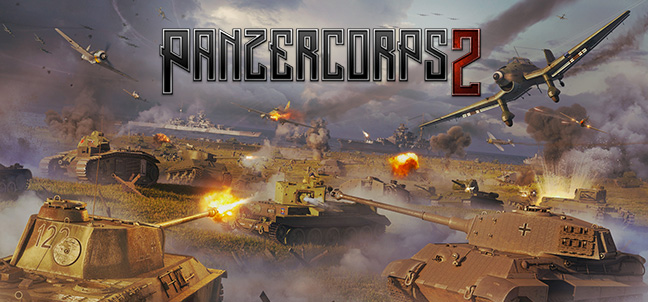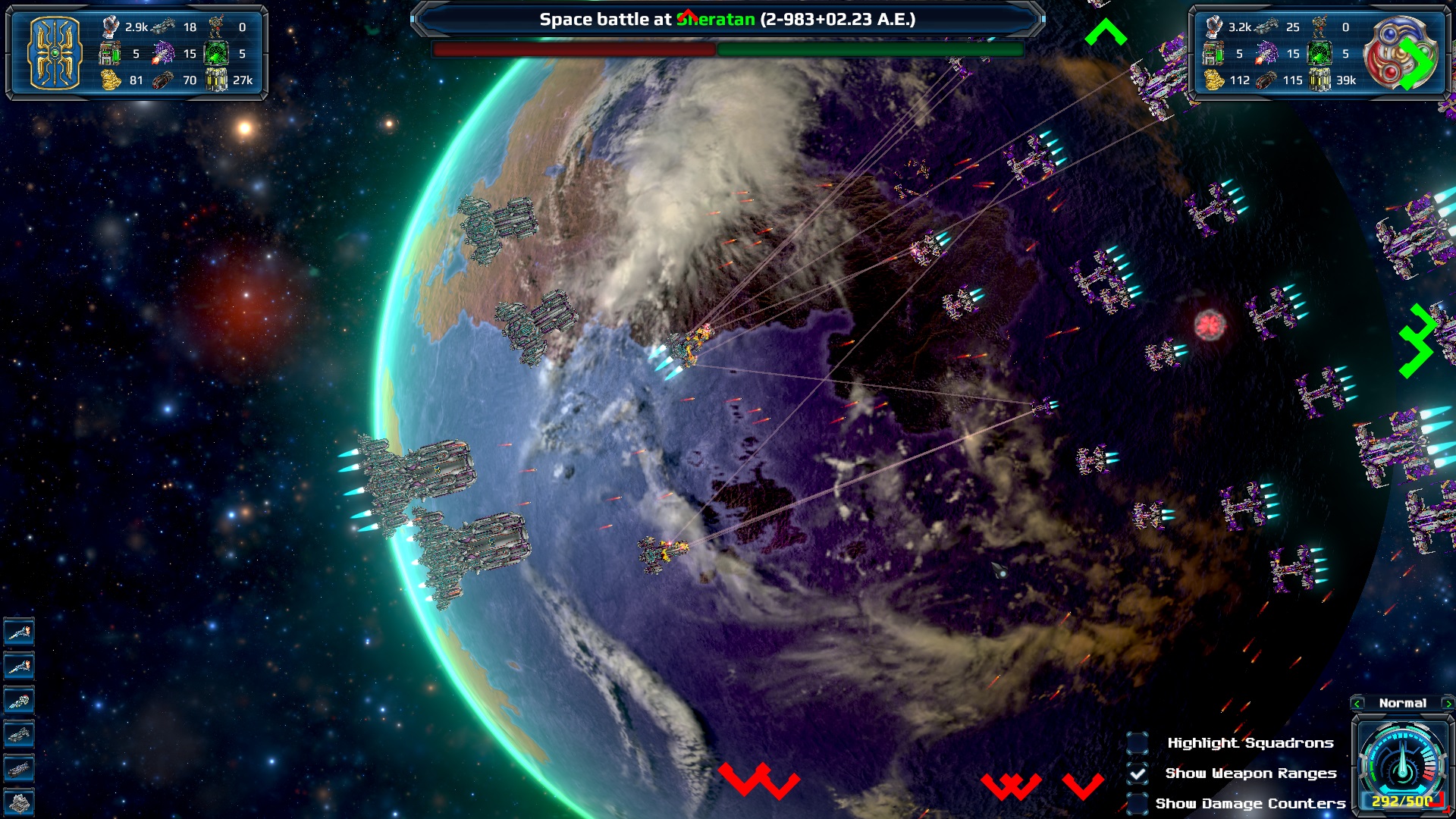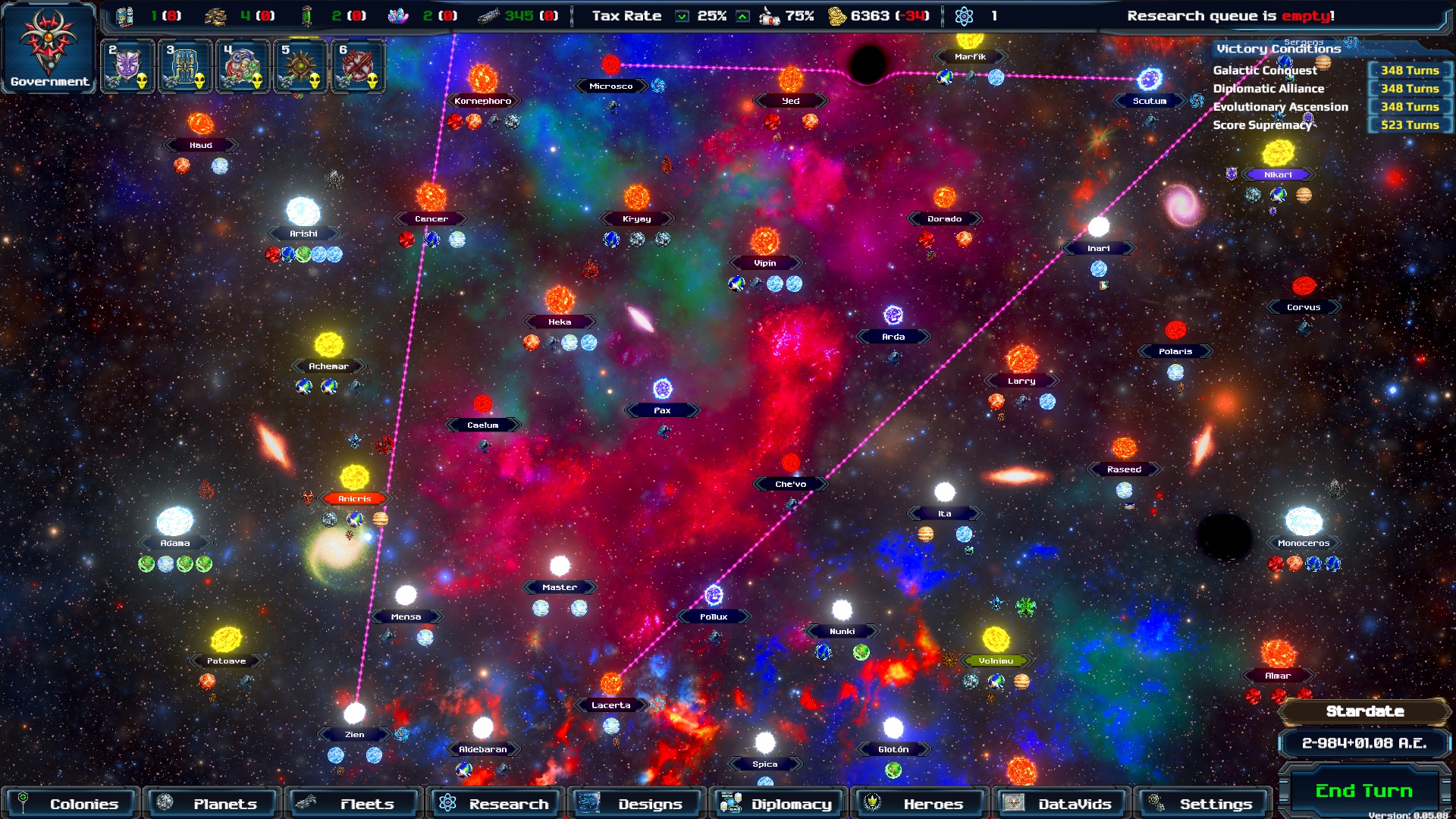It is the Fall of 1917. Austro-Hungary is hard pressed because of the immense losses of manpower on the Eastern Front earlier in the war. The Austro-Hungarians need Italy knocked out of the war as quickly as they can be. Either that or their whole army might crack, and if they fall Germany is right after them. The Austro-Hungarians cannot do it alone. They have needed Germany's help as long ago as 1914. There had already been eleven Battles of the Isonzo, and Italy and Austro-Hungary were bleeding each other dry. The new Austro-Hungarian Emperor Karl I knew it was only a matter of time before one or the other country broke through on the Isonzo Front. He appealed to the German Kaiser Wilhelm II. Of course, he didn't run Germany at the time; Hindenburg and Ludendorff did. Ludendorff turned down the idea, but was overridden by Hindenburg. A relatively small force of German divisions was added to the mix for the attack. The attack's success has been attributed, at times, to the German Stosstruppen and their tactics. What isn't well known is that both the Italians and Austro-Hungarians had their own shock troops. The Italian troops were called Arditi, and the Austro-Hungarians were called Sturmpatrouillen/Jagdkommandos. The Austro-German attack at Caporetto broke the Italian Front wide open. It was at Caporetto that Erwin Rommel won his Pour le Merite. So the battlefield is mountainous and the Austro-German force must break through in a very short timetable. Ludendorff wants those divisions back for his spring offensive. I have always been very intrigued by the Battle of Caporetto and the Italian front in World War I, and have read everything I could get my hands on about it. How does Acies Edizioni's game stack up?
This is what you get with the game:
Two 23" x 33" Maps
Two counters sheets ( 5/8" counters)
Each Hex is 1" Wide
Six Full Sized Glossy Colored Player Aids
Morale Check
Combat Table and Modifiers
Barrage Communications and Stacking
Terrain Effects Chart
Italian Army Setup
Austro-Hungarian and German XIV Army Setup
Rulebook
Two Six-Sided Die
Every day is divided into two turns. The first day
has one more Preliminary Phase.
A hexagon on the map corresponds to about
1000 meters.
The unit counters represent infantry battalions/
regiments and minor units.
The maps are spectacular. With the large hex size and the colors chosen they are very easy to read, and figure out what terrain is in each. The Player Aid sheets are likewise extremely large and very easy to understand. The counters are also very well done. They have a lot of information on each one, but are not cramped, and are easy to read. The Rulebook is in full color and is only twenty pages in length. Once again, the rulebook is up to the standards of the rest of the components. This is my first look at a wargame from Acies Edizioni and I am really impressed.
The Rulebook seems small, but sometimes very good things come in small packages.
The game comes with three scenarios:
October 24th Scenario (One Day Scenario)
October 25th Scenario (One Day Scenario)
Caporetto's Breakthrough Scenario (Campaign Scenario; It Lasts 10 Turns)
Each scenario has the Austro-German Player adding up his Victory Points and comparing them to the Victory Conditions. He gains points for Victory Hexes and eliminated Italian Counter Steps, and loses them for each Counter Step he loses.
Continuing with the Rulebook, the game has rules that deal with the following:
Making a Passage through No Man's Land and First Line Trenches
Bridge Destruction or Repair
Fog of War
Mountain units
Engineer units - These can make a Passage, Repair or Destroy Bridges
Machine Gun Companies
German Pioneer Units Gas Attacks
Assault Units and Rommel
First Turn German Bombardment
Dummy Markers used on both sides
This is along with all of the usual stacking and Zone of Control rules etc.
The game is based on the Chit Pull method. At the start of the game the Austro-German starts with four Chits (Corps), and the Italian starts with three. Once all of the Chits are pulled, then that is the end of one turn. This is the Sequence of Play:
1- Bridges - construction or demolition Segment
2- Command Segment
3- Artillery Segment
4- Movement Segment
All Austro-German artillery can fire in the Preliminary Phase.
Up to 20 Austro-German units can move and attack in the Preliminary Phase
The Austro-German player must pick one of three plans before the start of the Campaign Game. These are:
The Conrad von Hotzendorff Plan - Large
The Boroevich Plan - Limited
The Waffentreue Plan - This is the one that was chosen.
So, how does it play? It plays extremely well, and in my eyes captures the history of the battle to a T. This does not mean that every game plays out the same with a guaranteed German victory. Far from it; the design allows either side to be able to pull out a victory. The chance for the German Player to try out the different plans also leads to an increase in playability and the longevity of the game on your table. Playing as the Germans, you should play 'hell bent for leather'. The German Player's advance and attack plan should be to ignore Italian strong points and go for infiltration first. The German Player must always be conscious that he loses a Victory Point for every step lost. Playing as the Italian Player you have to know when to cut and run. He must use every chance he gets to stay in front of the Austro-German Units and make them fight for any and every piece of ground he can. The German Player only gets a Victory Point for every ten Italian Player Steps lost. So, the Italian Player can afford to trade troops for time and space. The game comes with excellent components, and the designer has added all the rules that deal with everything that happened in this battle. My hat is off to Acies Edizioni.
There was some problems with the first Rulebook and Players Aids that had been sent out. In talking with the designer, what happened was that the printer was sent the first files and not the redone ones (none of us have ever done that :) ). So anyone who purchased the game was sent out the second edition rules ASAP. The 'living rules' are exactly the same as the printed second edition.
Acies Edizioni link:
https://www.edizioniacies.com/
Durchbruch link:
https://www.edizioniacies.com/para-bellum/durchbruch
Living Rules link:
https://drive.google.com/file/d/1bNrgR82KKg_D_GqQnVVFcL7vQcarKS_W/view
Robert





















































Follow Us